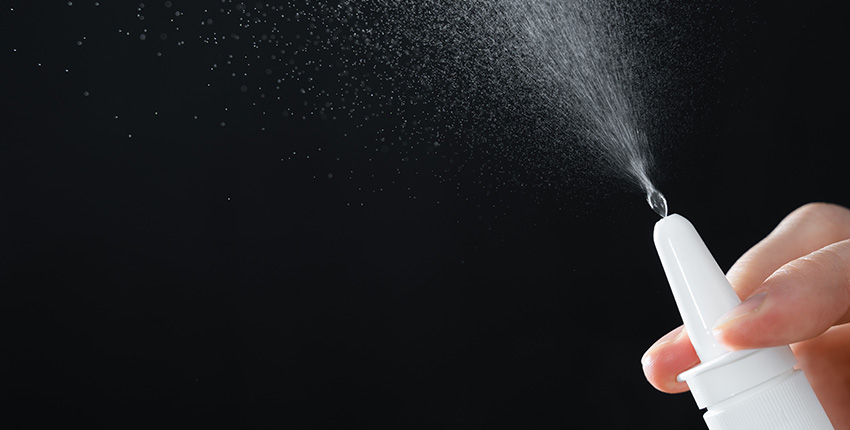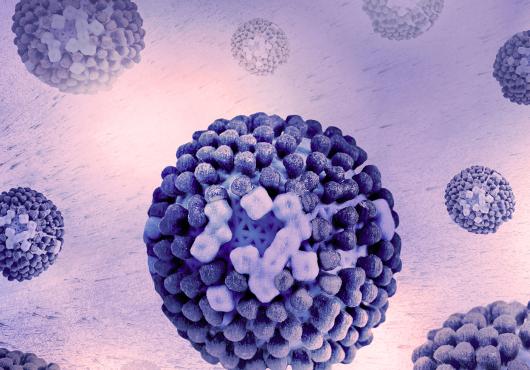
At a glance:
The drug-free nasal spray shielded mice from deadly form of the influenza virus.
In a 3D replica of the nasal cavity, the gel-like substance enhanced capture of respiratory droplets, preventing them from invading the deeper airways.
If confirmed in further studies and in humans, the approach could offer one more tool to counter an array of respiratory pathogens.
Harvard Medical School scientists at Brigham and Women’s Hospital have designed a drug-free nasal spray that coats the inner lining of the nose to shield against viral and bacterial respiratory infections.
The gel-like spray formulated without active pharmaceutical ingredients is yet to be tested in humans, but the researchers say it created a protective coating that lasted for up to eight hours in the nasal cavities of mice treated with it. If the spray’s safety and efficacy are confirmed in humans, the research team said the approach could play an important role in reducing respiratory diseases and safeguarding public health against new threats.
The results are published in the journal Advanced Materials.
“The COVID pandemic showed us what respiratory pathogens can do to humanity in a very short time. That threat hasn’t gone away,” said study co-senior author Jeffrey Karp, HMS professor of anaesthesia and distinguished chair in Anesthesiology at Brigham and Women’s Hospital, a founding member of the Mass General Brigham health care system. “Not only do we have the flu to deal with seasonally, but we now have COVID, too.”
Authorship, funding, disclosures
Additional Brigham and Women’s authors include John Joseph, Helna Mary Baby, Joselyn Rojas Quintero, Yohannes A. Mebratu, Purna Shah, Kabir Swain, Dongtak Lee, Shahdeep Kaur, Xiang-Ling Li, John Mwangi, Olivia Snapper, Eli Agus, Sruthi Ranganathan, Julian Kage, Jingjing Gao, Anthony Yu, and James N. Luo. Authors also include Remya Nair (Harvard Medical School), Devin Kenney, Florian Douam, Eshant Bhatia, and Dongsung Park. Joseph, Baby, and Quintero contributed equally to this work.
This study was supported by funding from the Gillian Reny Stepping Strong Center for Trauma Innovation at Brigham and Women’s Hospital, and the Department of Anesthesiology, Perioperative, and Pain Medicine at Brigham and Women’s Hospital.
John Joseph, Helna Mary Baby, Yohannes Tesfaigzi, Jeffrey Karp, and Nitin Joshi have one pending patent based on the PCANS formulation described in this manuscript. BWH has licensed the technology to Akita Biosciences, which has now commercialized PCANS as Profi Nasal Spray, a personal care product, and it is readily available to the public. Joshi and Karp are paid consultants, scientific advisory board members, and hold equity in Akita Biosciences, and the company, BWH, Joshi, and Karp may benefit financially if the IP is further validated. Karp has been a paid consultant or equity holder for multiple other biotechnology companies.






